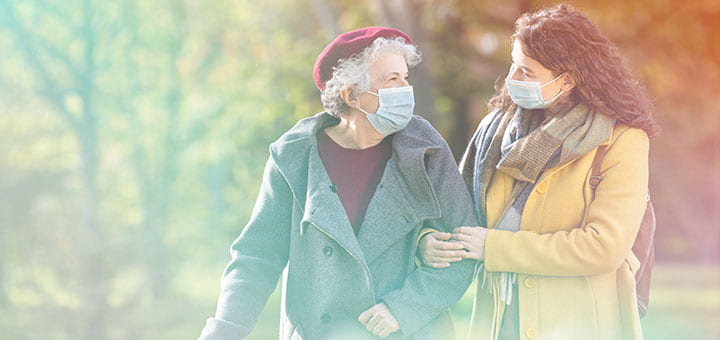What is caregiver burnout
The Cleveland Clinic defines caregiver burnout as “a state of physical, emotional and mental exhaustion.” This could include any number of negative emotions and behaviors. Some examples include fatigue, stress, anxiety, and changes in behavior. These feelings can build upon each other, which may cause negative feelings to worsen. The Cleveland Clinic says that staff members who are “struggling with burnout may make errors in judgement or decision-making ability; these errors could prove dangerous or even fatal” in cases of accidental mistreatment of medications. The feelings also could negatively impact the lives of the caregivers themselves.
Why it happens
Caregiver burnout may happen for many reasons. Caitlin Morgan from the Cleveland Clinic says several factors may influence the development of caregiver burnout. Caregivers handle many responsibilities and may not always have the help they need. Morgan cautions that “Facilities that are understaffed are at higher risk of developing burnout, as are those who face excessively high workloads.”
Prevention and relief
Thankfully, there are many ways to prevent and alleviate burnout. The Cleveland Clinic recommends:
- Setting realistic goals
- Taking advantage of respite care services
- Developing tools for coping
- Speaking with someone you trust or a support group
Caregivers who set goals, take breaks, find helpful resources and talk with others can relieve stress, find solutions to problems, and will remember that they are not alone in this process. Finally, caregivers should set aside time for self-care as well!
SOURCES
Cleveland Clinic. “Caregiver Burnout.” January 13, 2019
Caitlin Morgan. “Reducing Caregiver Burnout in Assisted Living Facilities.” Caitlin Morgan. May 15, 2020.
*
Wisconsin Caregiver Academy takes away the stress of caregiver training with online options. See how we exceed standards of care with ongoing training options.
*
Writing/Research Credit: Benjamin Kopetsky, UW-Green Bay Marketing Intern







